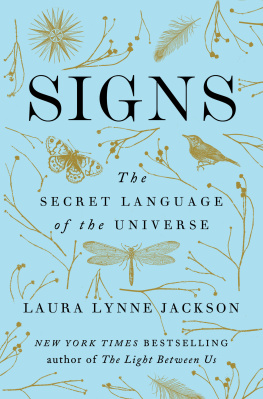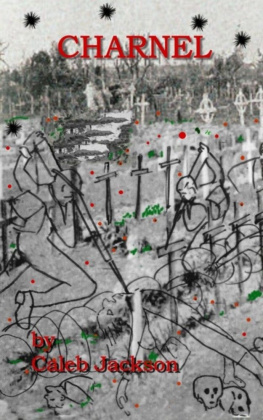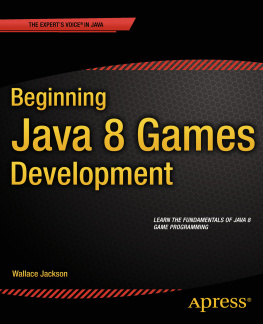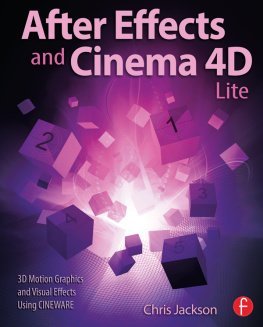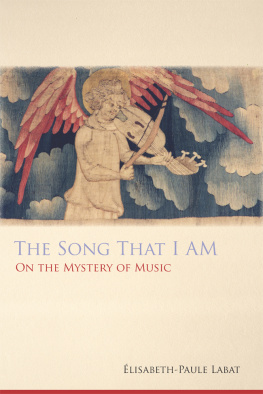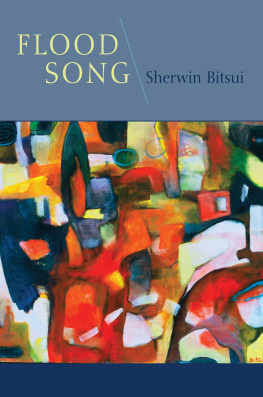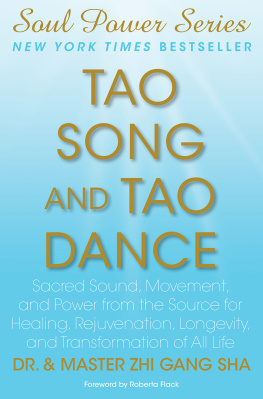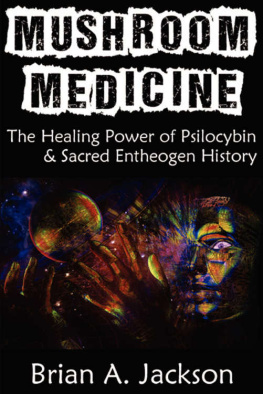Jackson - Mixing Musics: Turkish Jewry and the Urban Landscape of a Sacred Song
Here you can read online Jackson - Mixing Musics: Turkish Jewry and the Urban Landscape of a Sacred Song full text of the book (entire story) in english for free. Download pdf and epub, get meaning, cover and reviews about this ebook. City: Chicago;Redwood City, year: 2015;2013, publisher: Chicago Distribution Center [distributor, Stanford University Press, genre: Home and family. Description of the work, (preface) as well as reviews are available. Best literature library LitArk.com created for fans of good reading and offers a wide selection of genres:
Romance novel
Science fiction
Adventure
Detective
Science
History
Home and family
Prose
Art
Politics
Computer
Non-fiction
Religion
Business
Children
Humor
Choose a favorite category and find really read worthwhile books. Enjoy immersion in the world of imagination, feel the emotions of the characters or learn something new for yourself, make an fascinating discovery.

- Book:Mixing Musics: Turkish Jewry and the Urban Landscape of a Sacred Song
- Author:
- Publisher:Chicago Distribution Center [distributor, Stanford University Press
- Genre:
- Year:2015;2013
- City:Chicago;Redwood City
- Rating:5 / 5
- Favourites:Add to favourites
- Your mark:
- 100
- 1
- 2
- 3
- 4
- 5
Mixing Musics: Turkish Jewry and the Urban Landscape of a Sacred Song: summary, description and annotation
We offer to read an annotation, description, summary or preface (depends on what the author of the book "Mixing Musics: Turkish Jewry and the Urban Landscape of a Sacred Song" wrote himself). If you haven't found the necessary information about the book — write in the comments, we will try to find it.
Jackson: author's other books
Who wrote Mixing Musics: Turkish Jewry and the Urban Landscape of a Sacred Song? Find out the surname, the name of the author of the book and a list of all author's works by series.
Mixing Musics: Turkish Jewry and the Urban Landscape of a Sacred Song — read online for free the complete book (whole text) full work
Below is the text of the book, divided by pages. System saving the place of the last page read, allows you to conveniently read the book "Mixing Musics: Turkish Jewry and the Urban Landscape of a Sacred Song" online for free, without having to search again every time where you left off. Put a bookmark, and you can go to the page where you finished reading at any time.
Font size:
Interval:
Bookmark:
STANFORD STUDIES IN JEWISH HISTORY AND CULTURE
EDITED BY Aron Rodrigue and Steven J. Zipperstein
Mixing Musics
Turkish Jewry and the Urban Landscape of a Sacred Song
Maureen Jackson
STANFORD UNIVERSITY PRESS
STANFORD, CALIFORNIA
Stanford University Press
Stanford, California
2013 by the Board of Trustees of the Leland Stanford Junior University.
All rights reserved.
No part of this book may be reproduced or transmitted in any form or by any means, electronic or mechanical, including photocopying and recording, or in any information storage or retrieval system without the prior written permission of Stanford University Press.
Printed in the United States of America on acid-free, archival-quality paper
Library of Congress Cataloging-in-Publication Data
Jackson, Maureen (Maureen Barbara), author.
Mixing musics : Turkish Jewry and the urban landscape of a sacred song / Maureen Jackson.
pages ; cm.--(Stanford studies in Jewish history and culture)
Originally presented as the author's thesis (doctoral)--University of Washington, 2008.
Includes bibliographical references and index.
ISBN 978-0-8047-8015-5 (cloth : alk. paper)
1. Synagogue music--Turkey--Istanbul--History and criticism. 2. Jews--Turkey--Istanbul--Music--History and criticism. 3. Sacred music--Turkey--Istanbul--20th century--History and criticism. 4. Sacred music--Turkey--Istanbul--21st century--History and criticism. I. Title. II. Series: Stanford studies in Jewish history and culture.
ML3195.J33 2013
782.3'600949618--dc23
2013005336
ISBN 978-0-8047-8566-2 (electronic)
Typeset by Bruce Lundquist in 10.5/14 Galliard.
Dedicated to my mother, Barbara Jackson
your aesthetic sensibility delights and resilience inspires
Contents
Acknowledgments
Countless individuals and institutions supported the completion of this book. Ethnographic and archival materials gleaned from interviews, conversations, participant observation, and personal collections on both sides of the Atlantic form the foundation of the study. In Seattle, I am indebted to Judith Amiel and Isaac Azose, who generously offered their memories, knowledge, and encouragement throughout the course of the project. Thanks are also due Lilly De Jaen, Al and Isaac Maimon, and Rabbi Solomon Maimon. In Istanbul, musicians, scholars, and others made crucial contributions during the research, especially Cem Behar, Mehmet Gntekin, and David Sevi, together with Hayim and Victoria Abravanel, Rav Leon Yeuda Adoni, Nevzat Atl, Yusuf Altnta, Rfat Bali, zzet Bana, David Behar, Viki and Janti Behar, Victor Beruhiel, Rfat Dana, Menahem Eskenazi, Jak Esim, Father Gaspar, Karen Gerson arhon, Moe Grossman, Ahmet Grsel, Selin Maoro, Oral Onur, A. Nevzat Trkan, Necdet Yaar, Alaeddin Yavaa, and Yavuz Yekta. Credit also goes to the Maftirim singers at ili synagogue and in the Sinagog Maftirim Korosu.
The Fulbright Foundation supported research in Istanbul in 20052006 through a Fulbright-Hays International Dissertation Research Fellowship. At the University of Washington, fellowships from the Walter Chapin Simpson Center for the Humanities, the Textual Studies program, and the Samuel and Althea Stroum Jewish Studies program contributed to additional research, writing, and analysis. An ACLS Mellon New Faculty Fellowship in 20102012 supported completion of the book manuscript. Subventions from the AMS 75 PAYS Endowment of the American Musicological Association and the Lucius N. Littauer Foundation have enriched the illustrative material of the final publication.
Academic mentorship and training at the University of Washington prepared me for my work. Sarah Abrevaya Stein is unmatched for cultivating an intellectually rigorous and empowering relationship, interwoven with kindness. Raimonda Modiano offered early and unconditional support for the project, and a theoretical home in her innovative Textual Studies program. Reat Kasaba encourages the highest standards of scholarship and humanity, and Mnir Beken exemplifies how an artist and scholar can thrive within the same human being. I also thank Kathie Friedman, Martin Jaffee, Paul Remley, and Philip Schuyler for their early encouragement; Biff and Jane Keyes for their loyal friendship; and the interdisciplinary Turkish Studies Research Group, led by Reat Kasaba, for its companionship and commentary, especially Senem Aslan, Arda bikolu, Ali men, Turan Kayaolu, Sevim Kebeli, Selim Kuru, and Tuna Kuyucu. For reading and commenting on book chapters and incorporated articles, I am grateful to Cem Behar, Walter Feldman, Ian Jackson, Amy Mills, and Sarah Abrevaya Stein, and the anonymous readers of the original manuscript. I am indebted to Edwin Seroussi for his foundational research and generosity.
My research in Istanbul depended upon many acts of kindness and logistical support. I particularly thank Ik and Ferruh of Pan Yaynclk; Lina Filiba, former Executive Vice President of the Hahambal offices, and her staff; Karen Gerson arhon, Coordinator of the Ottoman-Turkish Sephardic Culture Research Center; Gila Erbes of Gzlem Press; and Bensi Elmas, coordinator of the Sinagog Maftirim Korosu. The American Research Institute in Turkey (ARIT) not only provided library and living space, but also friendships and resources through its staff, Tony Greenwood, Glden Gneri, and Semrin Korkmaz with Sndz Grses and Gazel Kayhan, and co-residents in 20052006, especially, Gbor goston, Jane Hathaway, Baak Ku, and Davidson MacLaren. For ongoing musical learning I am grateful to the teachers at skdar Muski Cemiyeti, conductor Atilla Gndz and the Kasdav Korosu, and Robert Reigle, ethnomusicologist at Istanbul Technical University. I appreciate the translation assistance of Kai Herklotz, Shira Jaret, Hila Lenz, and Arzu Sekirden.
At numerous conferences and symposia I received valuable feedback on diverse aspects of this study. I especially thank the participants in the Sacred Spaces, Sacred Sounds conference in the Sawyer Seminar series, Diversity and Conformity in Muslim Societies: Historical Coexistence and Contemporary Struggles (University of North Carolina, at Chapel Hill, April 2010); Creative Expressions of the Sephardic Experience symposium (Indiana University, March 2009); Integrating Sephardi and Mizrachi Studies: Research and Practice conference (UCLA, November 2008); and Entangled Lives: Social Encounters in the Mediterranean and Beyond (Stanford University, Sephardi Studies Project and Mediterranean Studies Forum, May 2008). Invitations to speak at Yale University, the Hrank Dink Foundation, and the American Research Institute in Turkey, together with presentations at conferences of the Middle East Studies Association, the Society for Ethnomusicology, the Association for Jewish Studies, and the Society for Textual Scholarship have brought my work into fruitful and ongoing dialogue with a wide range of interdisciplinary scholars too numerous to thank individually.
Those working with me at Stanford University Press gracefully facilitated all aspects of the books publication. I especially thank Aron Rodrigue, Norris Pope, Mariana Raykov, Emma Harper, Richard Gunde, Rob Ehle, and David Stein. Credit is also due to independent cartographer Bill Nelson.
I am grateful for the constancy and encouragement of my familymy parents, Barbara and David Jackson; my sister, Nan, and brothers Mark and Ian; and my sister-in-law Ann and brother-in-law Vern. Beth Harris, Alix Huff, and Rie Nakamura offered the sweetness of aged-in-wood friendships, and Lynda Misher and Keith Snodgrass a second family as well. Finally, I owe a tribute to my late friend Hseyin zbek, with whom I first encountered Turkey and without whom this project might never have been conceived.
Portions of this study have been published previously as journal articles and are reproduced by permission of Duke University Press and Indiana University Press: Crossing Musical Worlds: Ottoman Jewry, Music Making and the Rise of the Nation, in
Next pageFont size:
Interval:
Bookmark:
Similar books «Mixing Musics: Turkish Jewry and the Urban Landscape of a Sacred Song»
Look at similar books to Mixing Musics: Turkish Jewry and the Urban Landscape of a Sacred Song. We have selected literature similar in name and meaning in the hope of providing readers with more options to find new, interesting, not yet read works.
Discussion, reviews of the book Mixing Musics: Turkish Jewry and the Urban Landscape of a Sacred Song and just readers' own opinions. Leave your comments, write what you think about the work, its meaning or the main characters. Specify what exactly you liked and what you didn't like, and why you think so.

